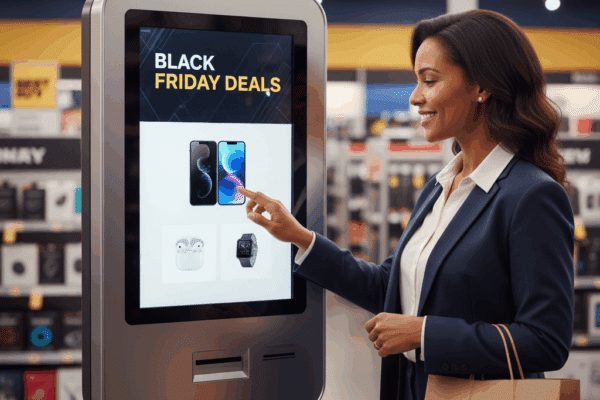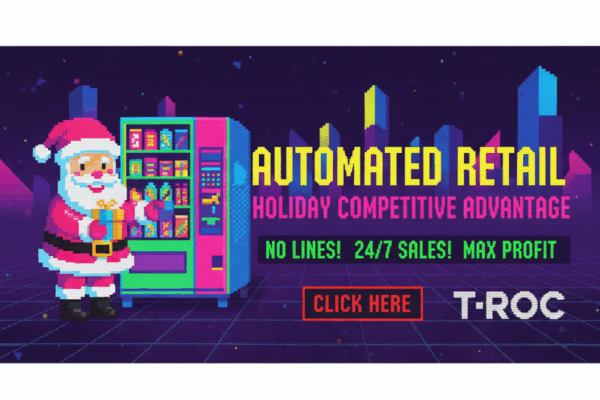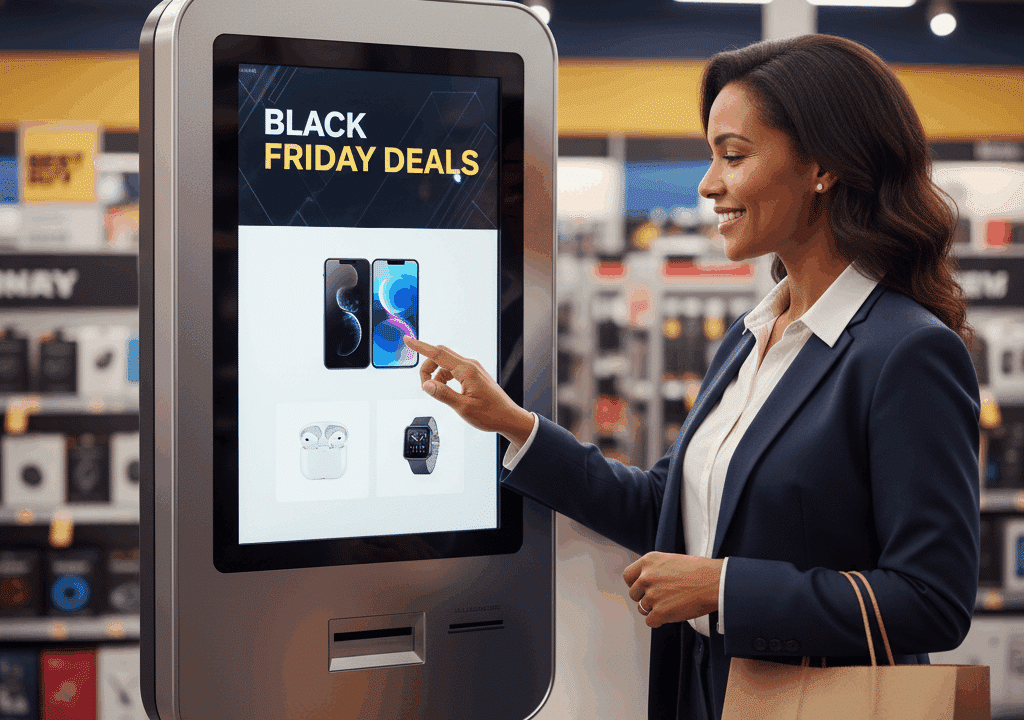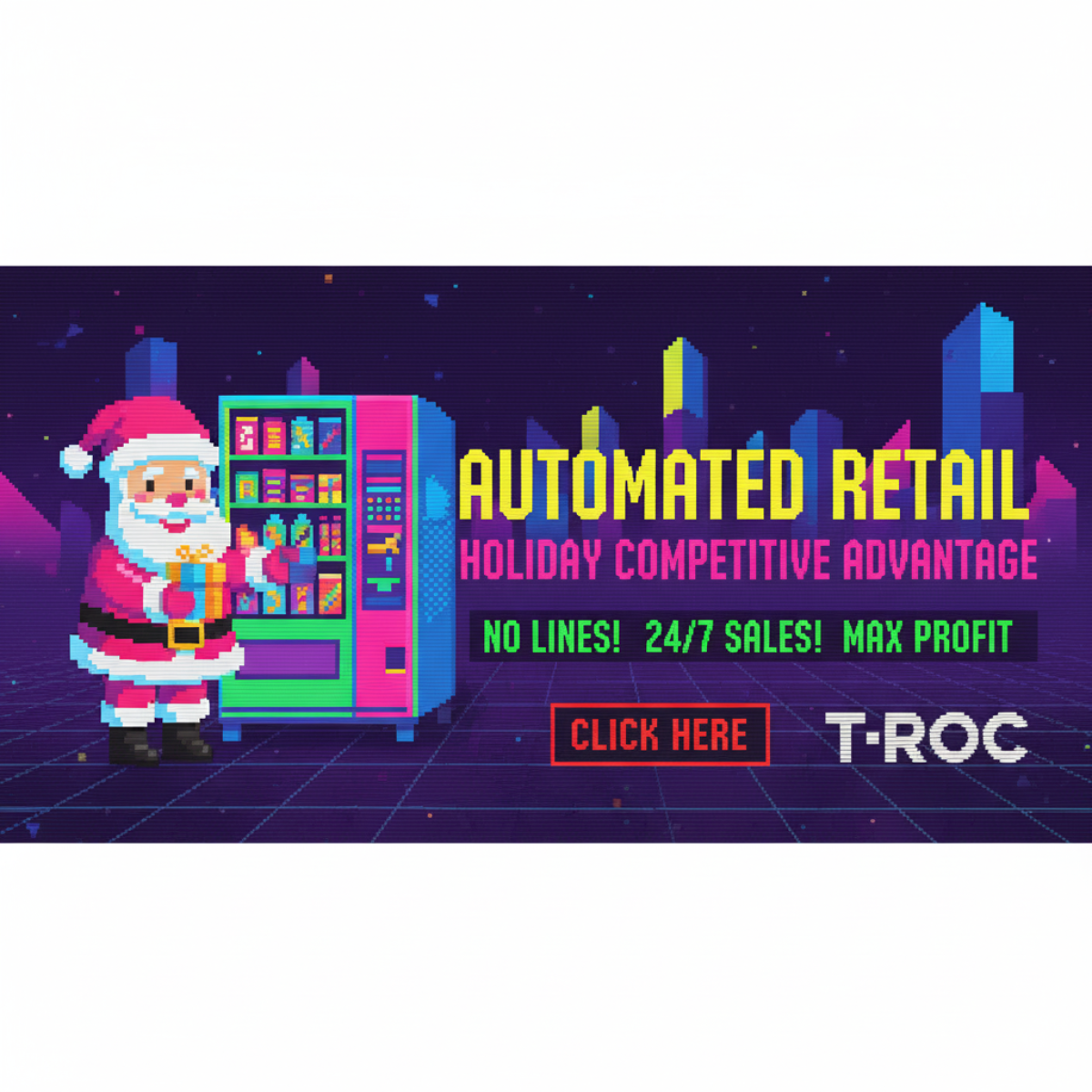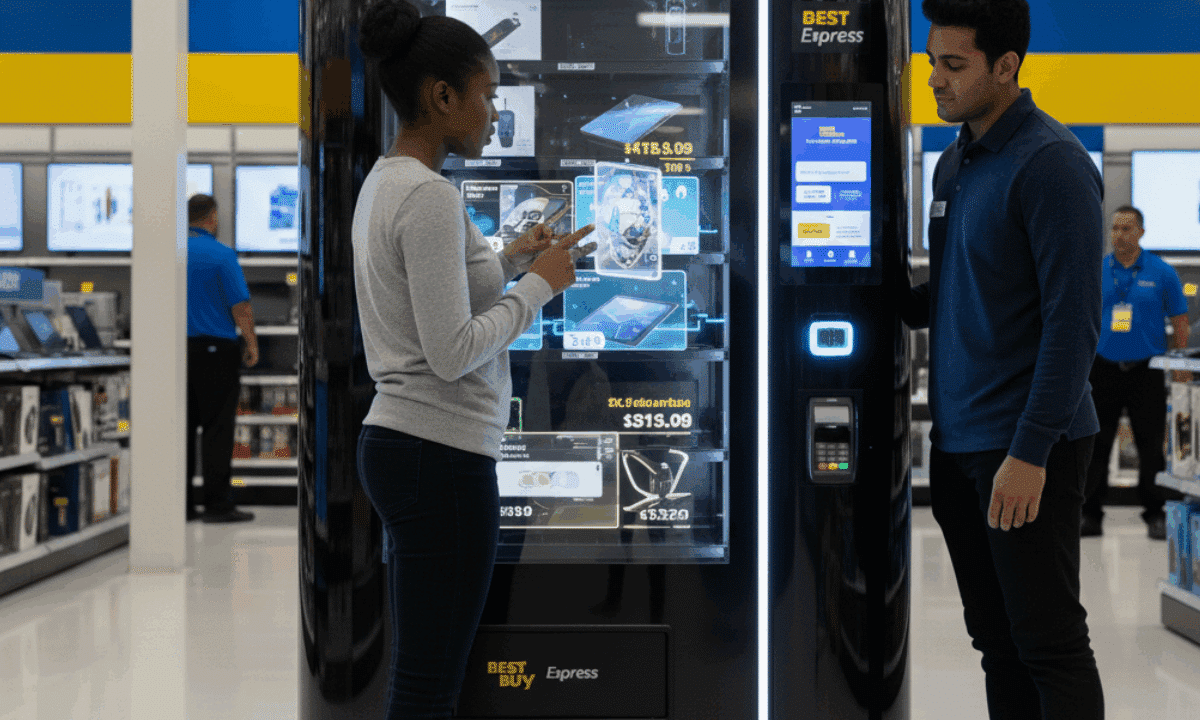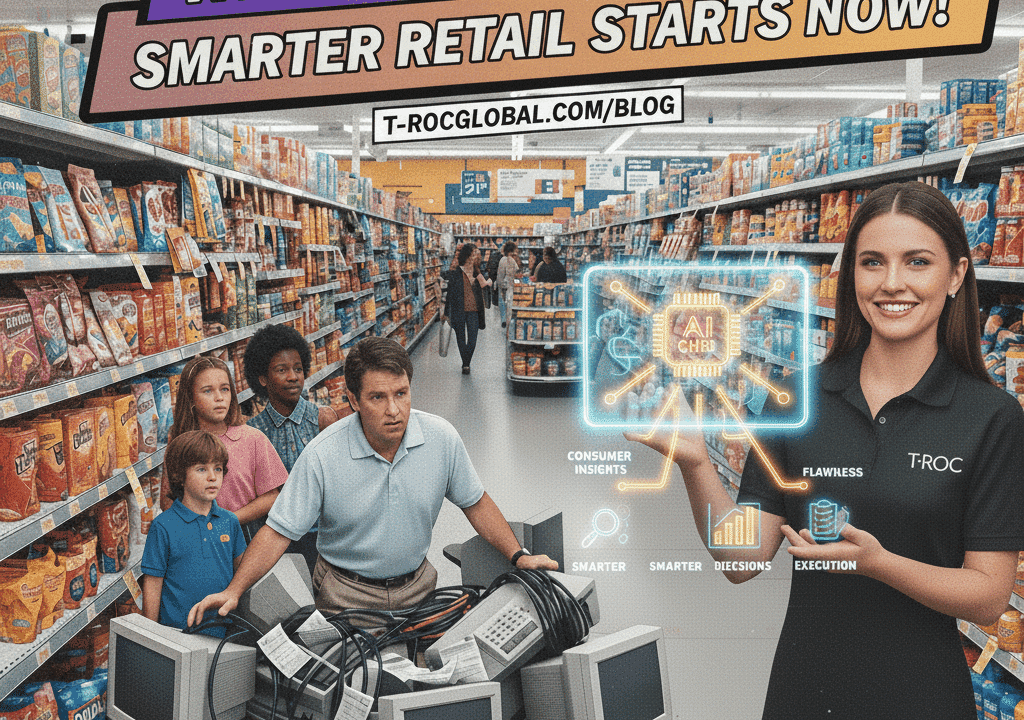
The Silent Customer Loyalty Killers at Checkout—And How to Fix Them
A seamless checkout experience is the final step in every shopper’s journey—but it’s also where customer loyalty is often lost.
Long lines, slow service, and outdated payment systems frustrate customers, leading to checkout abandonment and lost sales. If retailers don’t optimize their checkout experience, they risk turning loyal shoppers into one-time visitors.
Retailers spend millions attracting customers, yet the checkout process is where loyalty is won—or lost. It’s no longer just about ringing up a sale; it’s about delivering an experience that makes customers want to come back.
So, what’s standing in the way of customer retention at checkout? Let’s break it down.
Why the Checkout Experience is the Ultimate Loyalty Test
Most retailers think of checkout as just a transactional moment—the last step in the shopping process. But in reality, it’s the final brand impression customers take with them.
A slow, frustrating checkout process can undo all the goodwill built up during a shopping trip. On the flip side, an efficient, engaging, and customer-friendly checkout experience can be the reason shoppers choose your store over a competitor’s next time.
Research from Harvard Business Review suggests that customers who have a positive checkout experience are more likely to remain loyal and spend more over time. That means checkout isn’t just about processing payments—it’s about building relationships and trust.
Here’s what might be driving customers away without you even realizing it.
1. Long Wait Times Are Costing You Customers
Nobody likes waiting in line—especially in an era of instant gratification and same-day delivery.
A study from Forrester Research found that 75% of shoppers say long wait times are their biggest frustration in physical stores. The damage goes beyond just annoyance—frustrated customers are more likely to abandon their purchases and take their business elsewhere.
How to Fix It
- Optimize Staffing: Use real-time data to adjust staffing levels based on foot traffic trends. Learn how assisted sales programs improve engagement and help retailers manage high-traffic times.
- Offer Mobile Checkout: Retailers like Apple and Nordstrom allow employees to ring up purchases from anywhere in the store, cutting down on lines.
- Invest in Self-Checkout & Contactless Payments: A McKinsey study shows that stores with self-checkout experience faster transaction times and increased customer satisfaction.
If your store isn’t prioritizing speed and efficiency at checkout, you’re giving customers a reason to shop elsewhere.
2. Poorly Trained Staff Are Hurting Sales & Customer Loyalty
The checkout experience isn’t just about speed—it’s also about engagement.
Shoppers expect more than just a robotic transaction. A disengaged cashier, an unhelpful employee, or a lack of basic customer service at checkout can make customers feel undervalued. And when customers don’t feel valued, they don’t return.
How to Fix It
- Train Employees to Engage: Simple actions like greeting customers by name, making product recommendations, and thanking them create a more personal experience.
- Empower Staff with Product Knowledge: Sephora’s checkout staff provides last-minute beauty tips and product suggestions, increasing both sales and customer satisfaction.
- Make Every Interaction Count: Even a short conversation can turn a one-time shopper into a repeat customer.
See how customer experience programs enhance in-store interactions and help retailers build stronger relationships with shoppers. Great service at checkout isn’t just a bonus—it’s a competitive advantage.
3. Outdated Payment Systems Are Frustrating Customers
Ever had your card declined at checkout for no reason? Or waited while the cashier rebooted a frozen POS system? It’s frustrating—and customers remember it.
A report from Retail Dive shows that 65% of shoppers are more likely to return to a store that offers multiple, seamless payment options.
How to Fix It
- Upgrade Your POS System: Legacy systems cause slowdowns. Modern cloud-based POS systems are faster, more reliable, and offer real-time inventory tracking. See how customer experience software helps retailers modernize their operations and create seamless in-store experiences.
- Expand Payment Options: Accept mobile wallets, contactless payments, and Buy Now Pay Later (BNPL) options to cater to every shopper.
- Invest in AI-Powered Checkout: Amazon Go stores eliminate traditional checkout altogether, letting customers walk out while AI tracks their purchases.
Shoppers today expect a frictionless checkout experience. Don’t let outdated technology cost you repeat business.
4. Inconsistent Pricing & Promotions Break Trust
Imagine seeing a sale sign—only to be charged full price at checkout. That kind of inconsistency erodes trust instantly.
Shoppers expect pricing transparency, and any disconnect between the shelf, promotions, and final price can feel like a bait-and-switch.
How to Fix It
- Ensure Pricing Consistency Across Channels: Omnichannel retailers like Target use real-time price syncing between online and in-store promotions.
- Train Staff to Handle Price Discrepancies: If a customer finds a lower price online, empower employees to match it without hassle.
- Use Personalized Discounts: Retailers with loyalty programs and app-based discounts see higher conversion rates and repeat visits.
Read more on how T-ROC is redefining customer experience and brand impact. A smooth, transparent pricing strategy builds confidence—and keeps customers coming back.
Winning at Checkout: Turning Transactions into Customer Loyalty
Loyalty isn’t just about discounts and rewards programs—it’s about how customers feel at every touchpoint, especially checkout.
What top retailers are doing differently
- Speed & Efficiency: Reducing friction with smart staffing and checkout tech.
- Personalized Service: Training employees to engage and add value.
- Seamless Payment Options: Making checkout effortless and frustration-free.
- Transparent Pricing: Ensuring trust with clear, consistent promotions.
The brands that master these elements aren’t just processing sales—they’re building lifelong customer relationships.
Is Your Checkout Strategy Helping or Hurting Your Business?
Retailers invest so much in attracting customers, yet many lose them in the final moments of the shopping experience.
The good news? Fixing checkout inefficiencies doesn’t just improve sales—it transforms customer loyalty.
Start looking at checkout as more than just a transaction—it’s an opportunity to create a lasting impression.
Want to dive deeper into optimizing customer experience? Read our latest insights on how retail execution impacts sales and shopper engagement.

